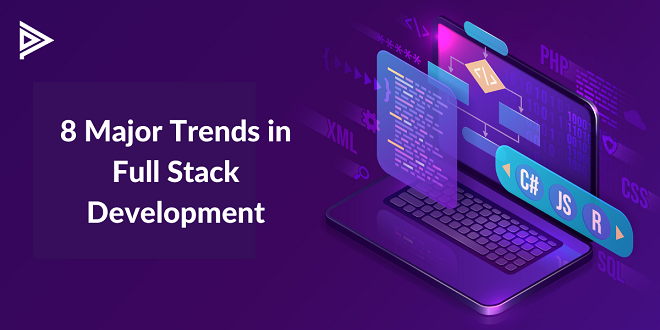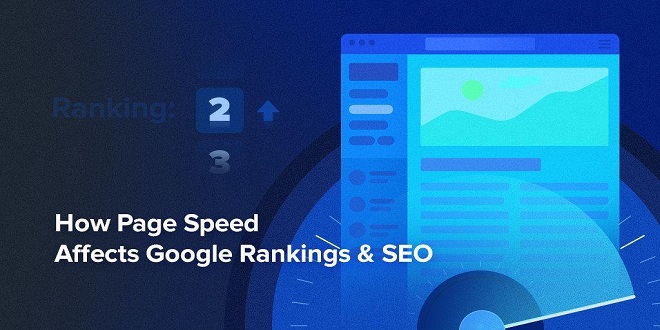The Best Tools for Full-Stack Development in 2023

Full-stack development has become an essential part of building modern web applications. As the demand for full-stack developers continues to rise, the tools used in full-stack development are also evolving rapidly. In 2023, there are a plethora of tools available that can make the full-stack development process more efficient, productive, and enjoyable. In this article, we will take a look at some of the best tools for full-stack development in 2023.
- React.js
React.js is a popular JavaScript library that has been gaining a lot of popularity in recent years. It is a powerful tool for building user interfaces for web applications. React.js allows developers to create reusable UI components and provides a simple and efficient way to manage the application state. It is also known for its performance and speed, making it an excellent choice for building large-scale web applications.
- Node.js
Node.js is an open-source, cross-platform JavaScript runtime environment that is used for building server-side applications. It has become a popular choice for full-stack development because it allows developers to use a single language for both client-side and server-side programming. Node.js is known for its scalability and high performance, making it an excellent choice for building large-scale web applications.
- Express.js
Express.js is a minimal and flexible Node.js web application framework that provides a set of robust features for building web applications. It is known for its simplicity and flexibility, making it an excellent choice for building lightweight and scalable web applications.
- MongoDB
MongoDB is a popular NoSQL database that is used for storing and retrieving data in web applications. It is known for its flexibility, scalability, and performance, making it an excellent choice for building large-scale web applications. MongoDB also provides a simple and efficient way to store and retrieve JSON-like documents, making it an ideal choice for modern web applications.
- Docker
Docker is a containerization platform that is used for building, deploying, and managing web applications. It allows developers to package their applications and dependencies into containers, making it easy to deploy and scale applications in a consistent and efficient manner. Docker also provides a simple and efficient way to manage infrastructure and resources, making it an excellent choice for building modern web applications.
- Visual Studio Code
Visual Studio Code is a lightweight and powerful code editor that is used by millions of developers worldwide. It provides a set of powerful features for full-stack development, including code highlighting, debugging, and code completion. Visual Studio Code is also highly customizable, making it an excellent choice for developers who want a highly personalized development environment.
- Git
Git is a powerful version control system that is used for managing code changes in web applications. It allows developers to track changes to their code and collaborate with other developers on a project. Git also provides a simple and efficient way to manage code releases and deployments, making it an essential tool for full-stack development.
- AWS
Amazon Web Services (AWS) is a cloud computing platform that provides a wide range of tools and services for full-stack development. It provides developers with a scalable, reliable, and cost-effective way to deploy and manage web applications. AWS provides services such as Amazon S3 for storage, Amazon EC2 for computing, Amazon RDS for databases, and Amazon Elastic Beanstalk for application deployment. It is an essential tool for full-stack developers who want to build, deploy, and manage web applications at scale.
- TypeScript
TypeScript is a superset of JavaScript that provides developers with static typing, classes, and interfaces. It is an open-source language that is designed to make large-scale web application development more manageable. TypeScript provides a way to catch errors at compile-time rather than runtime, making it an excellent choice for building robust and maintainable web applications. It is also highly compatible with other JavaScript libraries and frameworks, making it easy to integrate into existing projects.
Free4Talk provides an excellent opportunity for language enthusiasts to practice speaking and listening skills in real-time. Users can join or create chat rooms based on their interests and language preferences. The platform fosters a global community, offering diverse perspectives and cultural exchanges.
- Bootstrap
Bootstrap is a popular front-end framework that provides developers with a set of pre-built UI components and CSS styles. It is designed to make it easy to build responsive and mobile-first web applications. Bootstrap is highly customizable and provides a range of options for customizing the look and feel of web applications. It also provides a range of features for building accessible and inclusive web applications, making it an essential tool for full-stack developers.
In conclusion, full-stack development requires a range of tools and technologies that work together to build modern web applications. The tools mentioned above are some of the best tools available for full-stack development in 2023. These tools are highly efficient, scalable, and customizable, making them an excellent choice for building modern web applications. As the full-stack development landscape continues to evolve, it is important for developers to stay up-to-date with the latest tools and technologies to build applications that meet the needs of today’s users. By using these tools, developers can build modern, scalable, and robust web applications that deliver value to their users.


